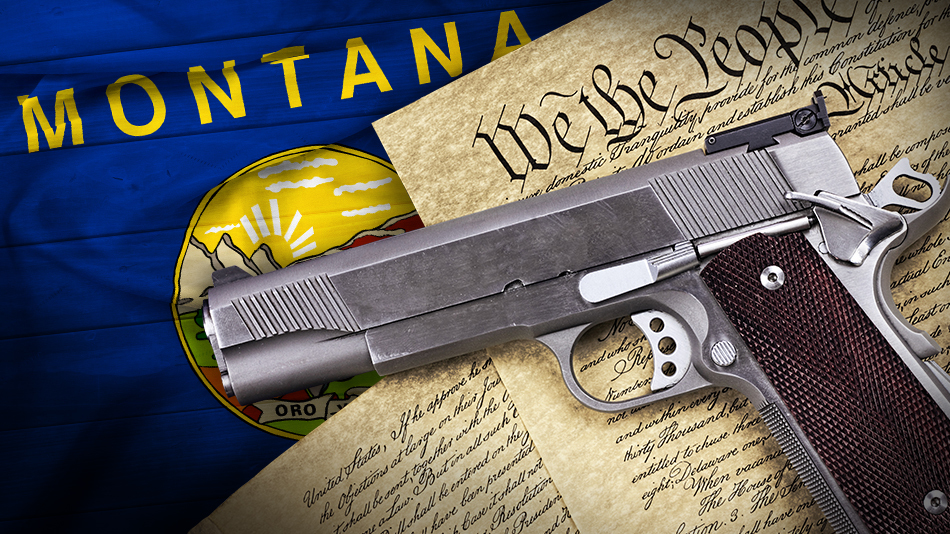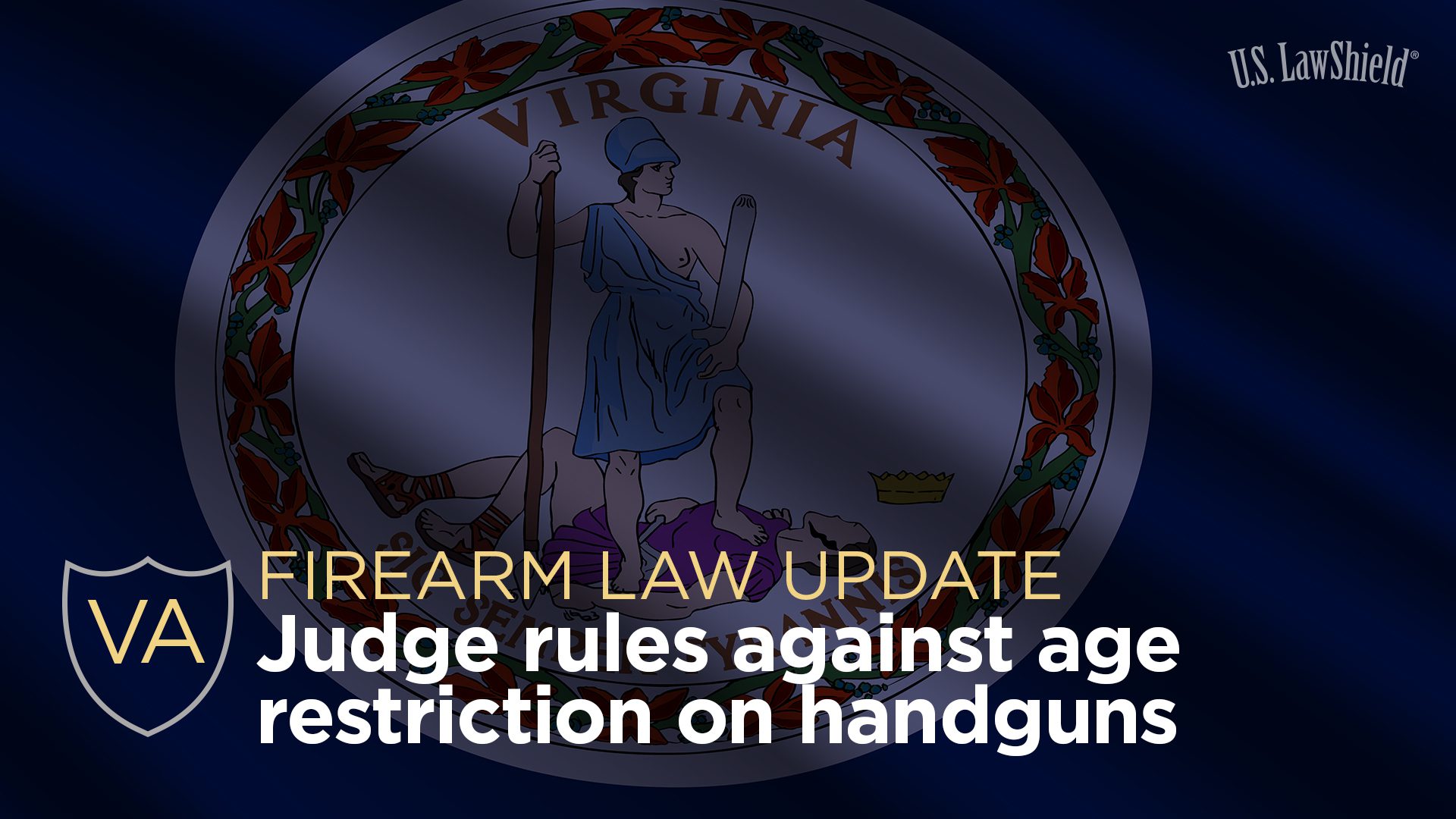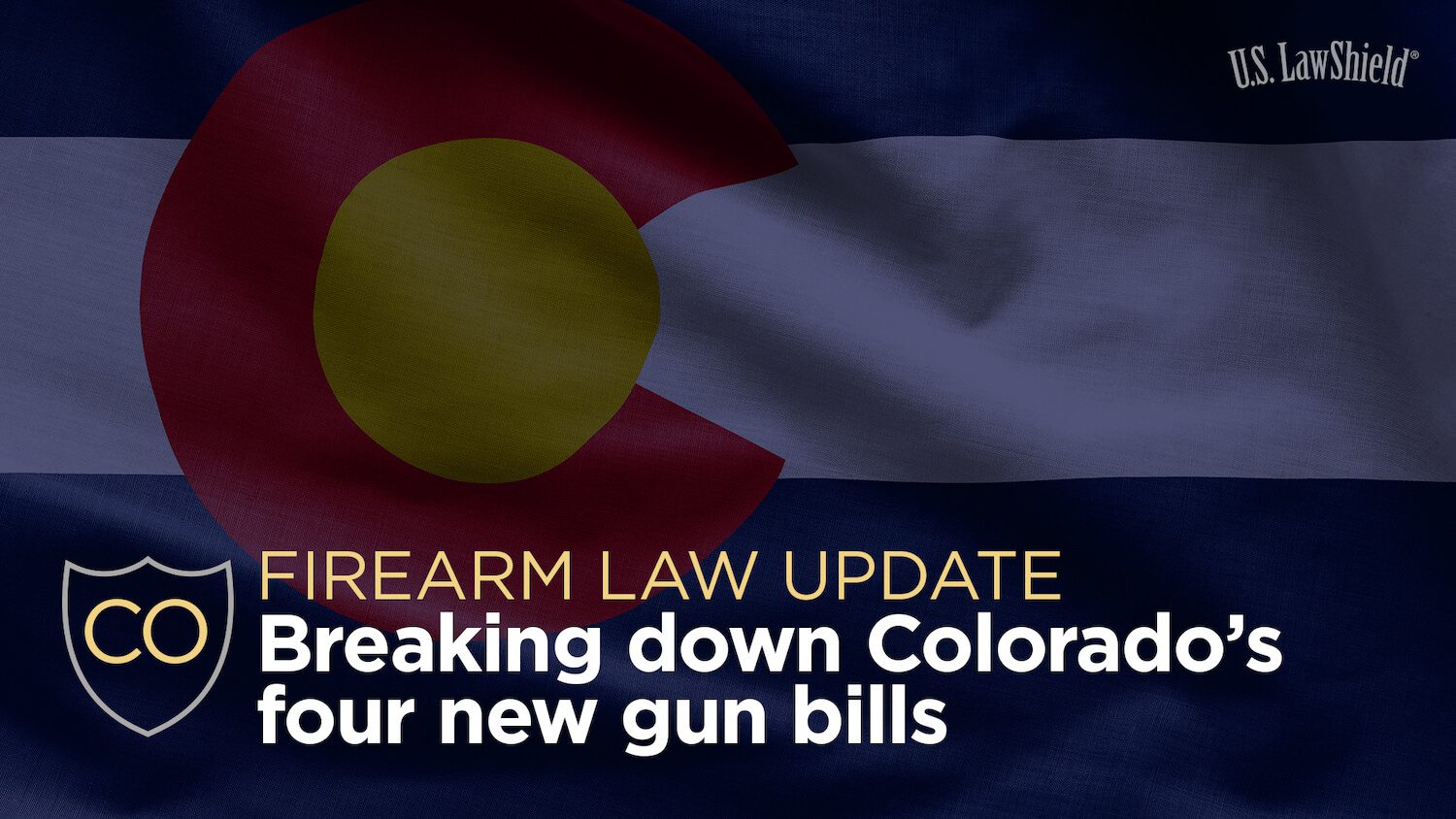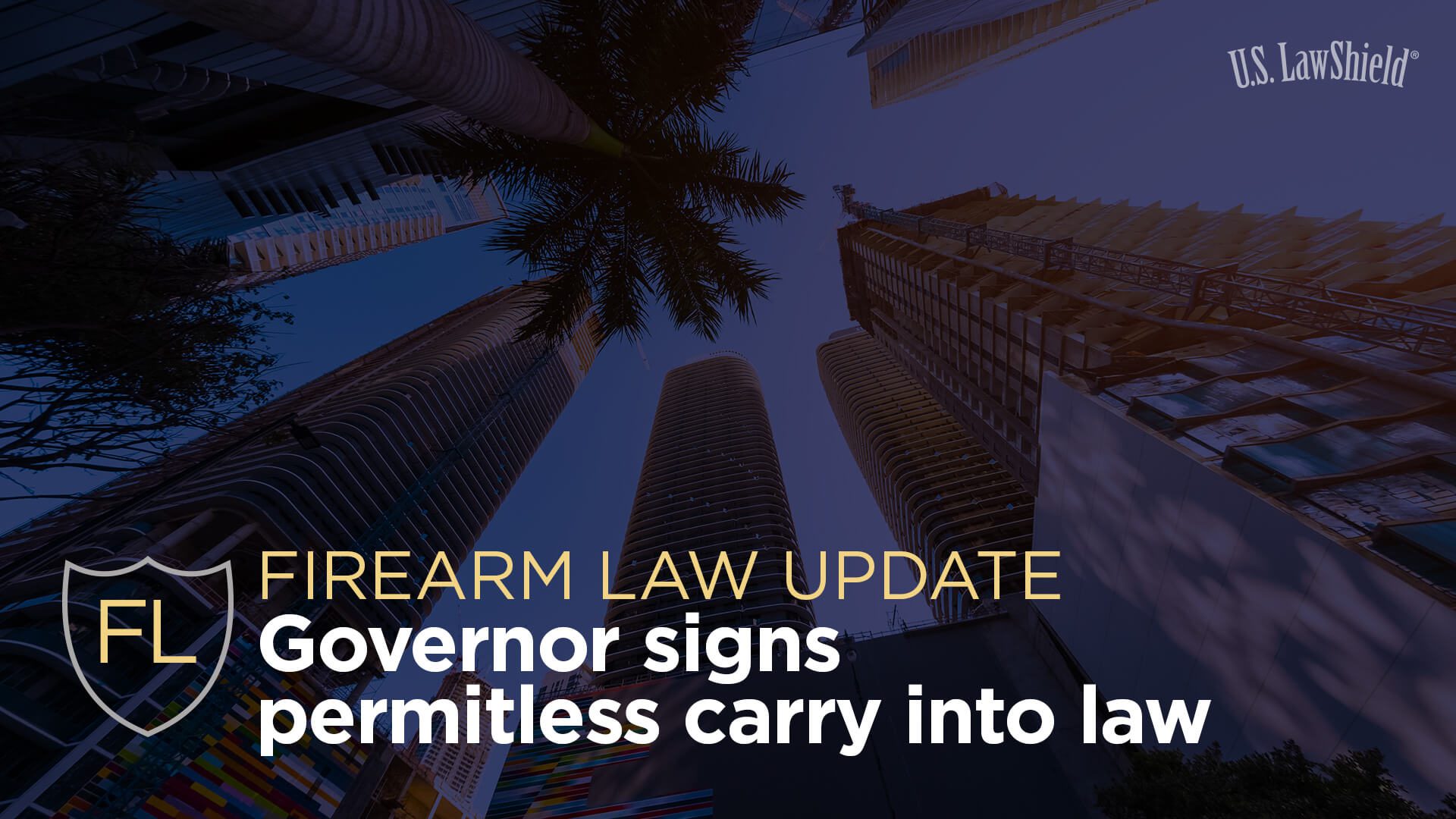
New Second Amendment Sanctuaries
Add Montana, Oklahoma, Arkansas, West Virginia, South Carolina, Tennessee, Missouri, North Dakota and Texas to the list of states moving in defiance of the stated goals of the current Presidential administration. On April 23, Montana Governor Greg Gianforte signed House Bill 258 into law, catapulting Montana into the burgeoning ranks of states preemptively signaling that they do not support and will not enforce new federal restrictions on the people’s right to keep and bear arms. On Twitter, Governor Gianforte had this to say:
Today, I proudly signed Rep. Hinkle's law prohibiting federal overreach into our Second Amendment-protected rights, including any federal ban on firearms.
I will always protect our #2A right to keep and bear arms.
— Governor Greg Gianforte (@GovGianforte) April 23, 2021
Using authority claimed under both the Second and Tenth Amendments to the United States Constitution, as well as Article II, section 12 of the Montana Constitution; Montana’s compact with the United States; and Printz v. U.S., 521 U.S. 898 (1997), House Bill 258 prohibits state and local officials “from enforcing, assisting in the enforcement of, or otherwise cooperating in the enforcement of a federal ban on firearms, magazines, or ammunition.” It also provides that “[a]n employee of the state or a political subdivision may not expend public funds or allocate public resources for the enforcement of a federal ban on firearms, magazines, or ammunition.”
So, what does that mean in layman’s terms? To answer that question, we need to examine the bill itself:
Section 3. Definitions:
(1) “Federal ban" means a federal law, executive order, rule, regulation that is enacted, adopted, or becomes effective on or after January 1, 2021, or a new and more restrictive interpretation of a law that existed on January 1, 2021, that infringes upon, calls in question, or prohibits, restricts, or requires individual licensure for or registration of the purchase, ownership, possession, transfer, or use of any firearm, any magazine or other ammunition feeding device, or other firearm accessory.
(2) "Firearm" means any self-loading rifle, pistol, revolver, or shotgun or any manually loaded rifle, pistol, revolver, or shotgun.
Section 4. Prohibition of Enforcement:
(3) Nothing in this section may be construed to prohibit or otherwise limit a peace officer, state employee, or employee of a political subdivision from cooperating, communicating, or collaborating with a federal agency if the primary purpose is not: (a) law enforcement activity related to a federal ban; or (b) the investigation of a violation of a federal ban.
Essentially, what Montana lawmakers have done is ensure the current status quo with respect to the state’s participation in the enforcement of federal firearms regulations.
Further reading: What is a Sanctuary State?
Second Amendment Sanctuary Laws and Statutes
So why is the Montana statute (along with the second amendment sanctuary laws in many other states) structured this way? Their choice to cite Printz indicates they are aware there’s already case law indicating that the federal government cannot compel state officers to enforce a federal regulatory program. The U.S. Supreme Court has long recognized that federal law can preempt state regulation of a particular activity. However, the Court has also recognized a limit on the federal government’s preemption power: under the "anti-commandeering" doctrine, Congress cannot directly compel the state to perform regulatory functions on the federal government’s behalf.
Of particular note, this bill does not prohibit federal officers from enforcing federal law in Montana. The bill says that if new, stricter regulations were passed, federal officers would be on their own in enforcing them and would not be able to use any State-controlled resources such as funds, manpower, or presumably, facilities. Whether this would have any practical impact on enforcing more restrictive regulations remains to be seen.
There is still some ambiguity as to how the State would react if items currently legal under the National Firearms Act (“NFA ”) were to suddenly be declared illegal by the federal government. While suppressors could hypothetically fall under the “other firearm accessory” category, fully automatic firearms were explicitly included under the “Prohibition of Enforcement” section in an earlier draft of the bill, and are not mentioned at all in the bill as it was signed into law.
The Second Amendment and State Law
There are currently fifteen states that have enacted statewide legislation to protect Second Amendment rights from future restrictions. This trend appears to be gaining momentum, as the majority of the states that have passed such legislation have done so since the beginning of April this year.
Between the anti-gun policies of the current President, the Supreme Court’s decision to hear its first major case on gun rights since McDonald v. Chicago, and a burgeoning movement of state governments declaring themselves Second Amendment sanctuaries it is safe to say that 2021 is shaping up to be an interesting year for gun rights.
Further reading: Gun Control Laws
The information provided in this publication is intended to provide general information to individuals and is not legal advice. The information included in this publication may not be quoted or referred to in any other publication without the prior written consent of U.S. LawShield, to be given or withheld at our discretion. The information is not a substitute for, and does not replace the advice or representation of a licensed attorney. We strive to ensure the information included in this publication is accurate and current, however, no claim is made to the accuracy of the information and we are not responsible for any consequences that may result from the use of information in this publication. The use of this publication does not create an attorney-client relationship between U.S. LawShield, any independent program attorney, and any individual.




Leave A Comment